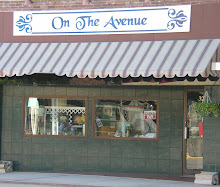
You can quickly identify early John Deere items by looking at the deer in the logo—older items will have a deer with 4 legs.

In 1968 the company logo was modernized and streamlined to show a straight-side silhouette with just two legs, instead of the four, and one four-point rack of antlers seen on earlier designs.




